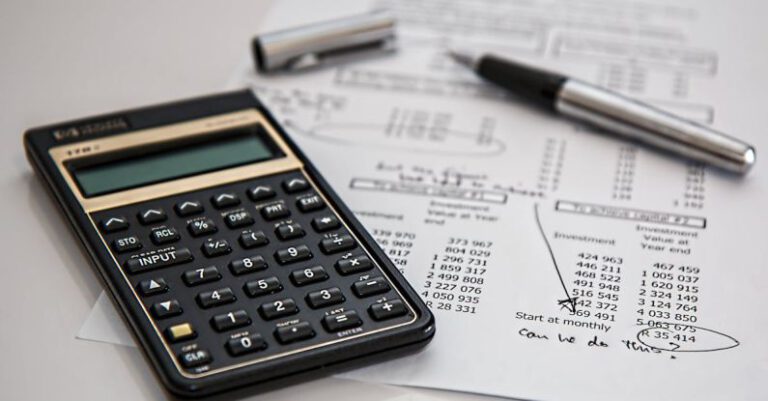What Are the Key Steps to Building an Emergency Fund

In today’s unpredictable world, having an emergency fund is essential for financial security and peace of mind. An emergency fund acts as a financial safety net, providing you with a buffer in case of unexpected expenses or income disruptions. Building an emergency fund requires discipline and commitment but is a crucial step in securing your financial future. Here are the key steps to building an emergency fund:
Understand the Importance of an Emergency Fund
Before diving into the specifics of building an emergency fund, it’s essential to understand why having one is crucial. An emergency fund serves as a financial cushion that can help you cover unexpected expenses such as medical emergencies, car repairs, or sudden job loss without resorting to high-interest debt or depleting your savings meant for other goals. By having an emergency fund, you can navigate financial challenges with confidence and avoid falling into financial hardship when unexpected situations arise.
Set a Realistic Savings Goal
The first step in building an emergency fund is setting a realistic savings goal. Financial experts often recommend saving three to six months’ worth of living expenses in your emergency fund. However, the ideal amount may vary depending on your individual circumstances, such as your income, expenses, and job stability. Take into account factors like the number of dependents you have, any outstanding debt, and your job security when determining how much you need to save for emergencies.
Create a Separate Savings Account
To prevent your emergency fund from being mixed up with your regular spending money, create a separate savings account specifically designated for emergencies. Having a dedicated account for your emergency fund not only helps you track your progress but also reduces the temptation to dip into the fund for non-urgent expenses. Look for a high-yield savings account that offers competitive interest rates to help your emergency fund grow over time.
Automate Your Savings
One of the most effective ways to build your emergency fund is to automate your savings. Set up automatic transfers from your checking account to your emergency fund account each time you receive a paycheck. By automating your savings, you ensure that a portion of your income goes directly into your emergency fund without the need for manual transfers. This approach helps you stay consistent with your savings efforts and makes building your emergency fund a habit.
Cut Unnecessary Expenses
Building an emergency fund requires discipline and a willingness to make sacrifices in your spending habits. Take a close look at your monthly expenses and identify areas where you can cut back. This could involve reducing dining out, canceling subscriptions you no longer use, or finding more affordable alternatives for your regular expenses. Redirect the money saved from cutting unnecessary expenses towards your emergency fund to accelerate your savings progress.
Increase Your Income
In addition to cutting expenses, increasing your income can expedite the process of building your emergency fund. Look for ways to boost your earnings, such as taking on a part-time job, freelancing, or selling items you no longer need. The extra income you generate can be directly funneled into your emergency fund, helping you reach your savings goal faster. Consider exploring new opportunities for income generation to supplement your regular paycheck.
Stay Committed to Your Savings Goal
Building an emergency fund is a long-term financial goal that requires patience and perseverance. Stay committed to consistently saving a portion of your income towards your emergency fund, even when faced with competing financial priorities. Remember that having an emergency fund provides you with financial security and peace of mind, making the effort to build one well worth it. Celebrate small milestones along the way and stay focused on your ultimate goal of achieving financial stability through your emergency fund.
In Conclusion, Financial security is a vital aspect of overall well-being, and building an emergency fund is a fundamental step towards achieving it. By understanding the importance of an emergency fund, setting realistic savings goals, creating a separate savings account, automating your savings, cutting unnecessary expenses, increasing your income, and staying committed to your savings goal, you can successfully build a financial safety net to weather any unexpected financial storms that may come your way. Start building your emergency fund today and take control of your financial future.





